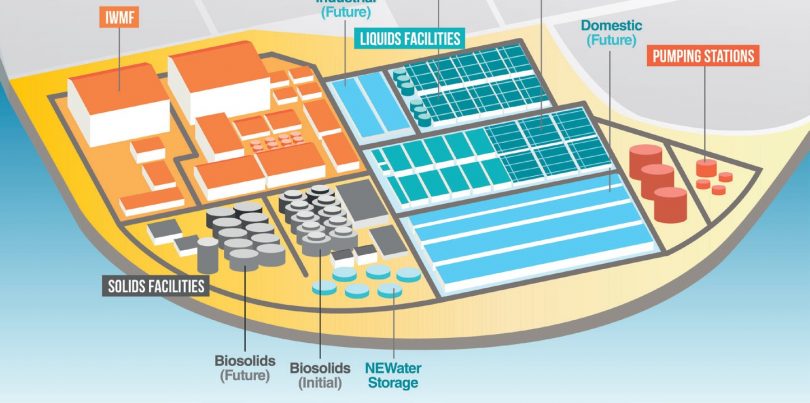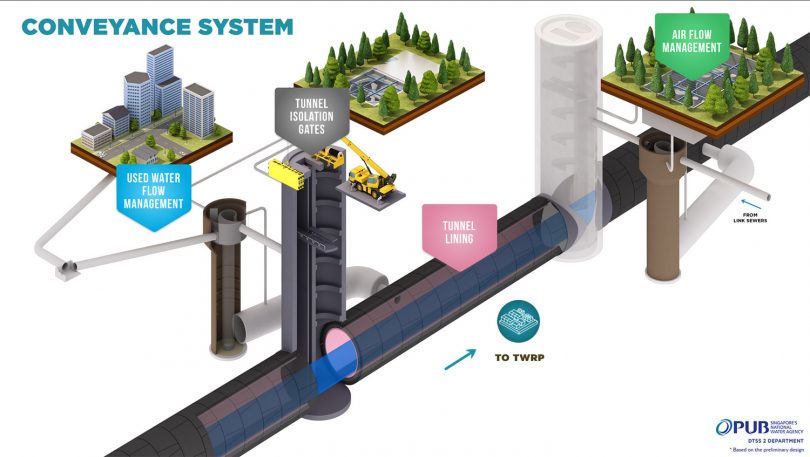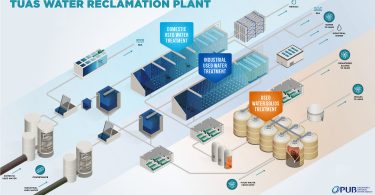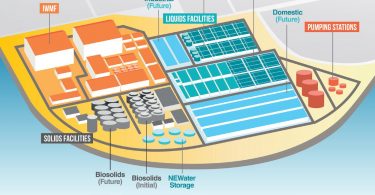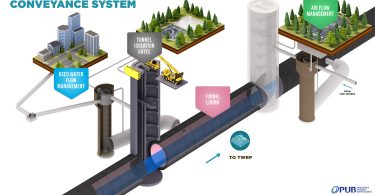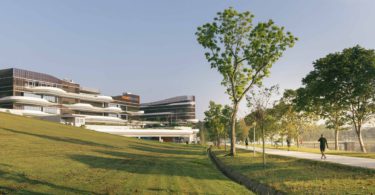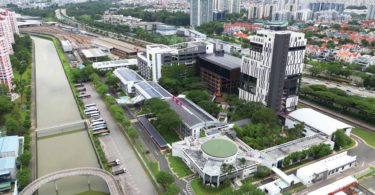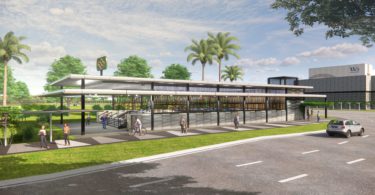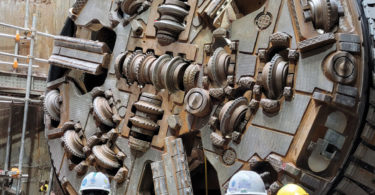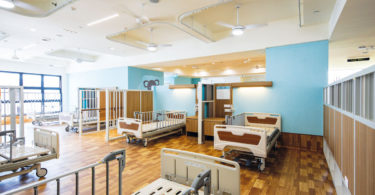A used water superhighway for the future, the Deep Tunnel Sewerage System (DTSS) is a cost-efficient and sustainable solution conceived by PUB, Singapore’s National Water Agency, to meet the long-term needs of Singapore for used water collection, treatment, reclamation and disposal.
Drawing on natural forces of gravity, deep tunnel sewers convey used water to centralised water reclamation plants (WRPs) located at the coastal areas. The treated used water is further purified into ultra-clean, high-grade reclaimed water called NEWater, or discharged into the sea.
DTSS is a key part of PUB’s long-term used water system, which comprises a network of link sewers leading to two major tunnels (Phases 1 and 2) criss-crossing Singapore, with three large WRPs at the northern, eastern and western ends of Singapore (Kranji, Changi and Tuas, respectively).
ENSURING NEWATER SUSTAINABILITY
Phase 2 of DTSS extends the existing deep tunnel system to collect used water from the western and southern parts of Singapore. The internal diameter of the tunnel ranges from 3 to 6 metres and includes construction of hydraulic structures and air management facilities. When completed, it will have a conveyance system—made up of 60 kilometres of link sewers and 40 kilometres of deep tunnels—and the Tuas Water Reclamation Plant, known as Tuas WRP.
By collecting every drop of used water, DTSS allows for efficient, large-scale water recycling, thus ensuring the sustainability of NEWater. With NEWater facilities integrated with the Tuas WRP, DTSS ensures water sustainability and resilience by contributing to the goal of increasing the overall water recycling rate from 40 per cent to a capability of 55 per cent of total water demand in the long term.
ENVIRONMENTAL PROTECTION
Enhancing the reliability of the used water system minimises the risk of cross contamination between the water catchments and used water system. Used water will be transported separately, by gravity, from municipal and industrial sources to the new Tuas WRP via the conveyance system.
The Tuas WRP will be able to treat the two streams of used water separately, with a total initial treatment capacity of 800,000 cubic metres per day—650,000 cubic metres per day for domestic used water treatment and 150,000 cubic metres per day for industrial used water treatment. With an integrated NEWater factory, the Tuas WRP will be able to recycle used water to produce NEWater. It will feature advanced technologies to improve its energy efficiency, use less energy than conventional plants, reduce waste and will be highly automated to minimise manpower needs.
OPTIMISING LAND USE
Upon completion of Phase 2, the existing conventional WRPs at Ulu Pandan and Jurong, as well as intermediate pumping stations, will be progressively phased out. The phasing out of existing intermediate used water pumping stations and conventional WRPs frees up the previously occupied lands for other higher value developments. Once it is fully completed, the implementation of the entire DTSS will result in a 50-per cent reduction in land taken up by used water infrastructure.
SYNERGIES
The Tuas WRP will be co-located with the National Environment Agency’s (NEA) Integrated Waste Management Facility (IWMF) to reap the potential synergies of the water-energy-waste nexus, maximising energy and resource recovery. For example, the food waste received at IWMF will be pre-sorted, then digested with sludge using digesters from the Tuas WRP, producing biogas. The resulting biogas and sludge is then fed back as a fuel source to IWMF for incineration. The electricity generated at IWMF is then supplied to the Tuas WRP for its operations and the excess electricity placed on the grid.
PROJECT CONSTRAINTS
One of the challenges faced in the project is optimising the space used in order to minimise the land footprint, while delivering high-quality output. Design features such as double-stacking, building upwards and allowing for natural ventilation and lighting will improve energy efficiency within the plant. Besides process synergies with IWMF, the Tuas WRP will also share common facilities such as an administration building and parking space to minimise land use.
DTSS TIMELINE
The timeline for DTSS is as follows:
Mid 1990s – DTSS conceived
1999 – Phase 1 started
2008 – Phase 1 completed
2014 – Phase 2 started
2025 – Phase 2 target completion
GROWING SINGAPORE’S INDUSTRY CAPABILITIES
DTSS Phase 1 involved over 300 local and international contractors, subcontractors and suppliers. This experience enabled them to build their track record and pitch for bigger projects in Singapore and overseas. DTSS Phase 2 will also involve and tap on the expertise of many local and international partners in delivering a project of such scale and complexity.
Location: Western part of Singapore
Status: Phase 2 started in 2014 with award of contract for Professional Engineering Services to Black & Veatch + AECOM joint venture; design & build (tunnels); detailed design and construction (Tuas Water Reclamation Plant and link sewers)
Expected Completion: 2025
Site Area: 60 kilometres (link sewers); 40 kilometres (deep tunnels)
Initial Treatment Capacity: 800,000 cubic metres per day (Tuas Water Reclamation Plant)
Client/Owner: PUB, Singapore’s National Water Agency
Design & Lead Consultants: Programme manager – Black & Veatch + AECOM (joint venture); link sewers – to be appointed; Tuas Water Reclamation Plant – to be appointed
Images/Photos: PUB, Singapore’s National Water Agency

 Malaysia
Malaysia Hong Kong
Hong Kong Indonesia
Indonesia Tiếng Việt
Tiếng Việt ประเทศไทย
ประเทศไทย



